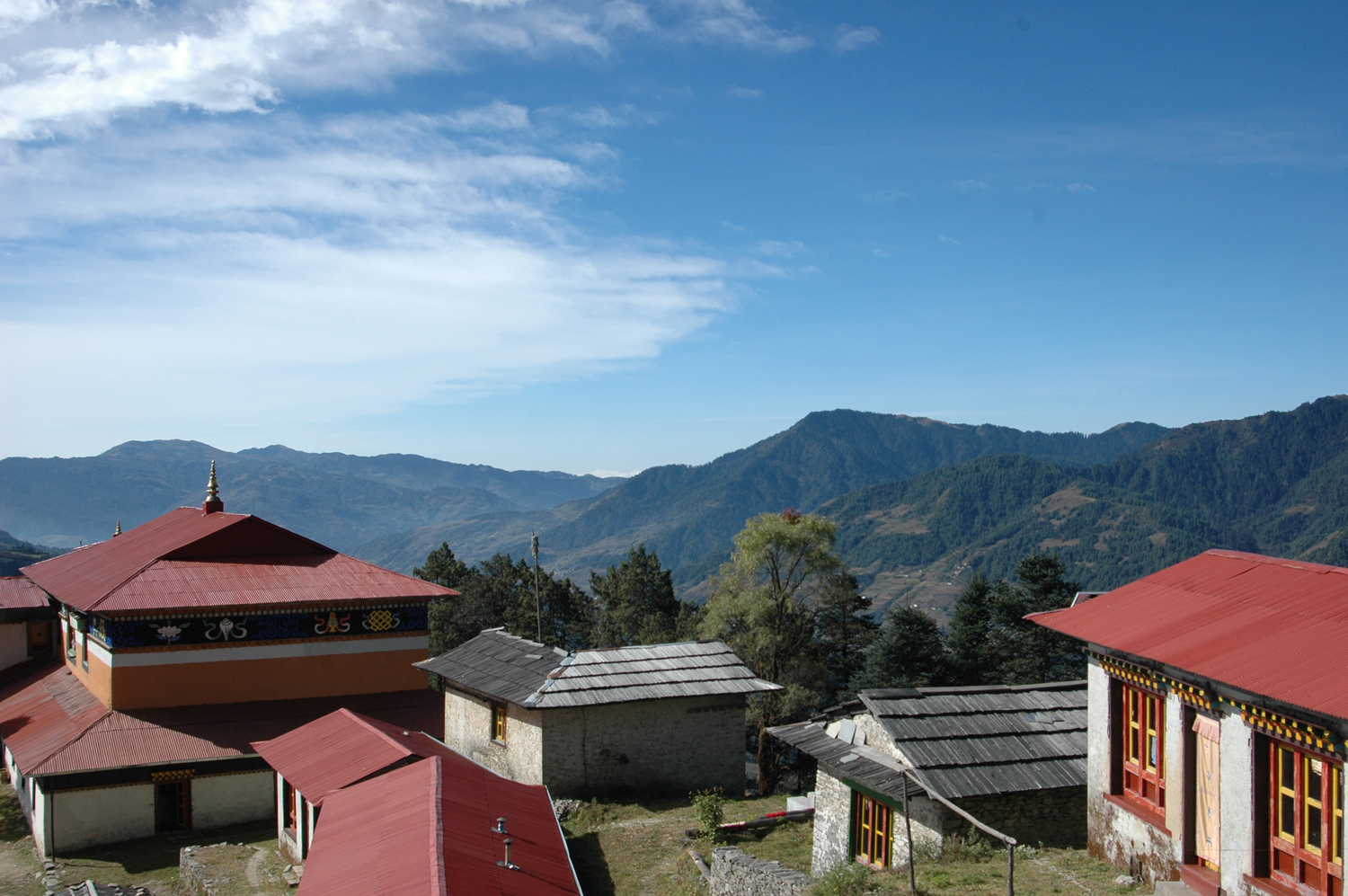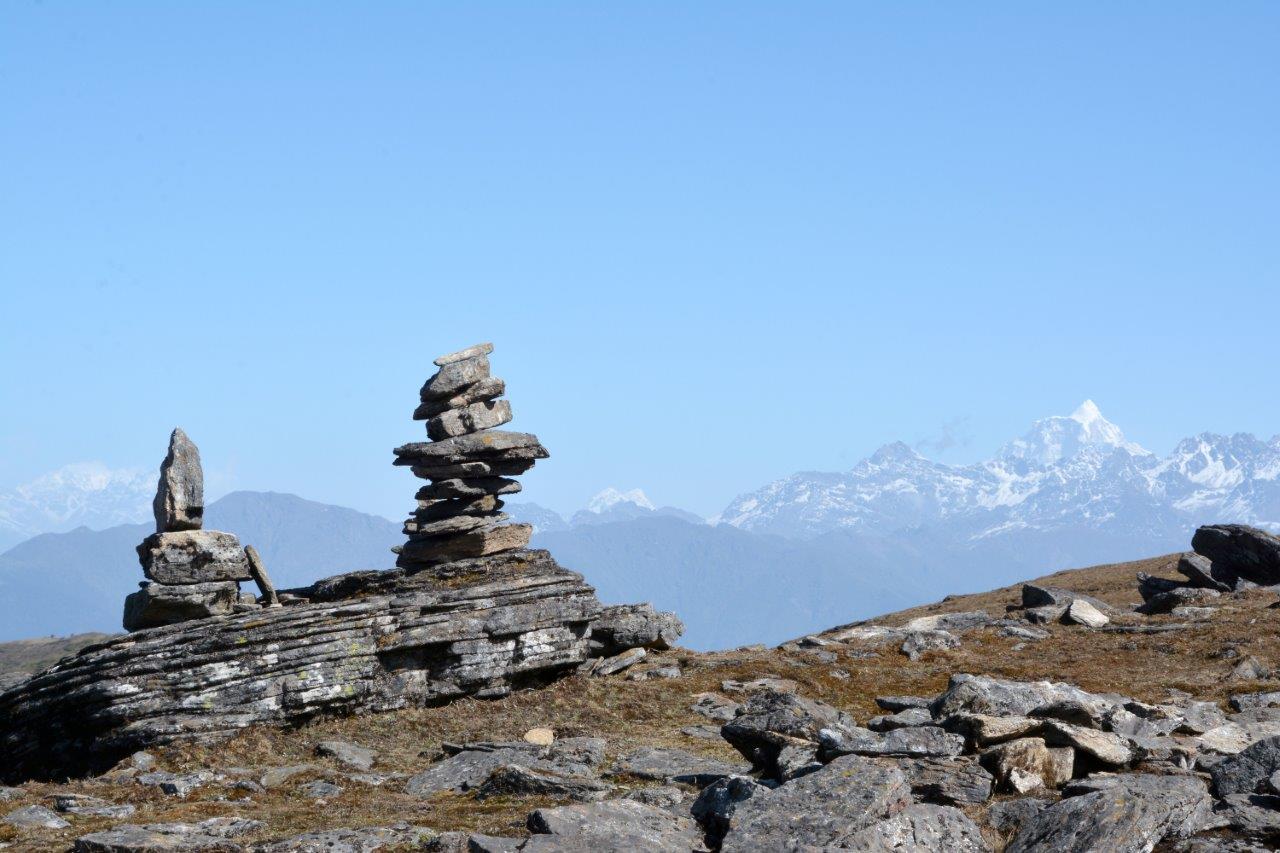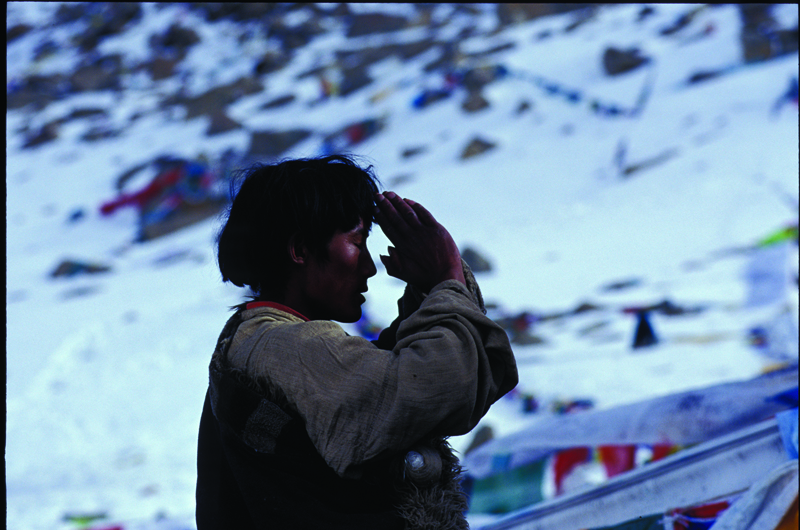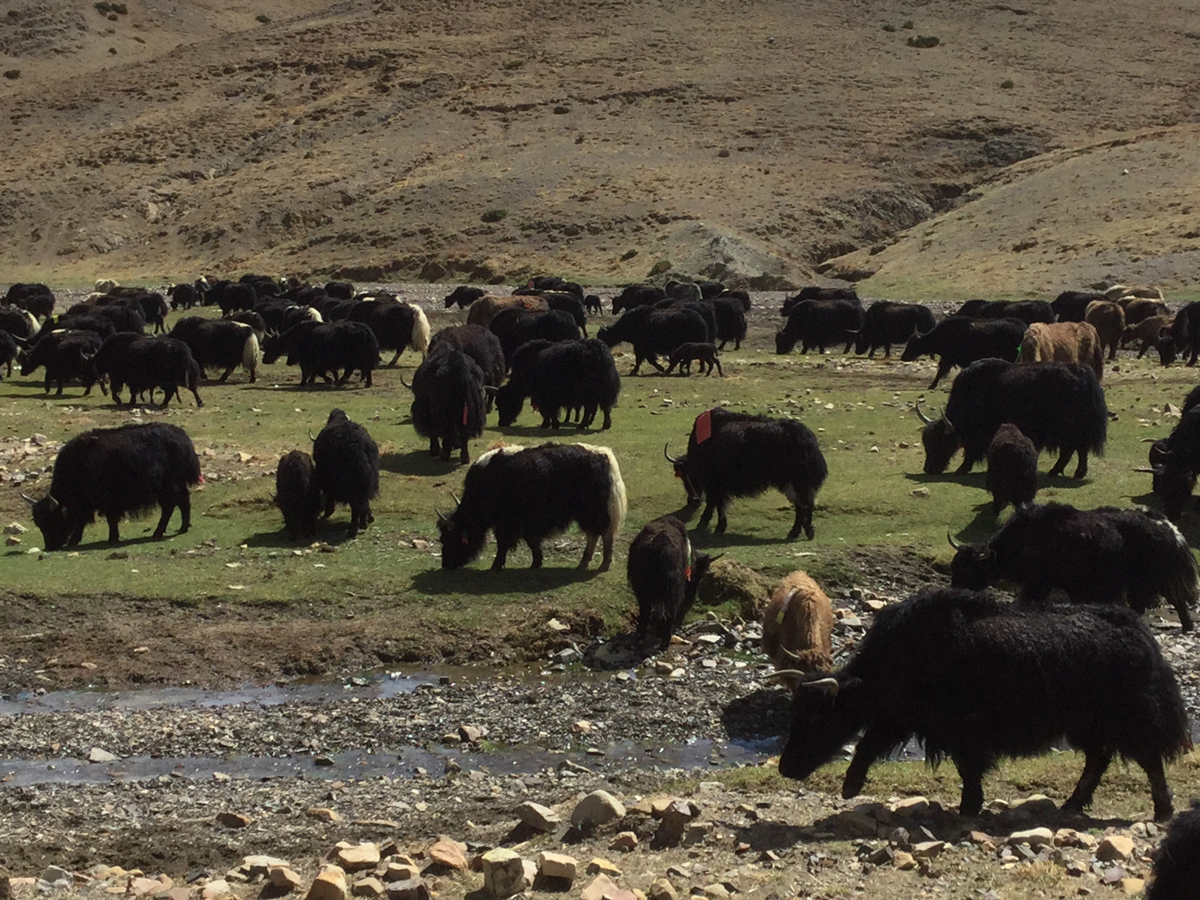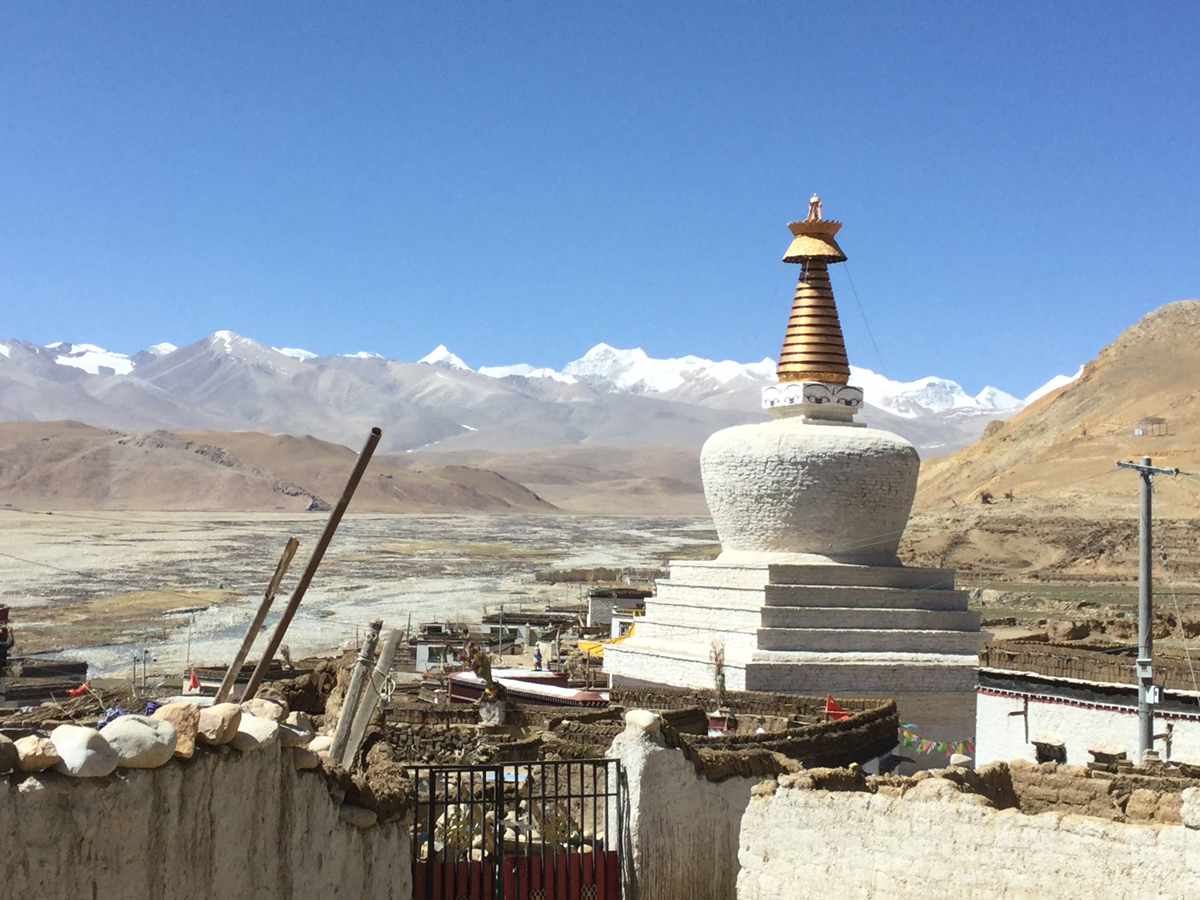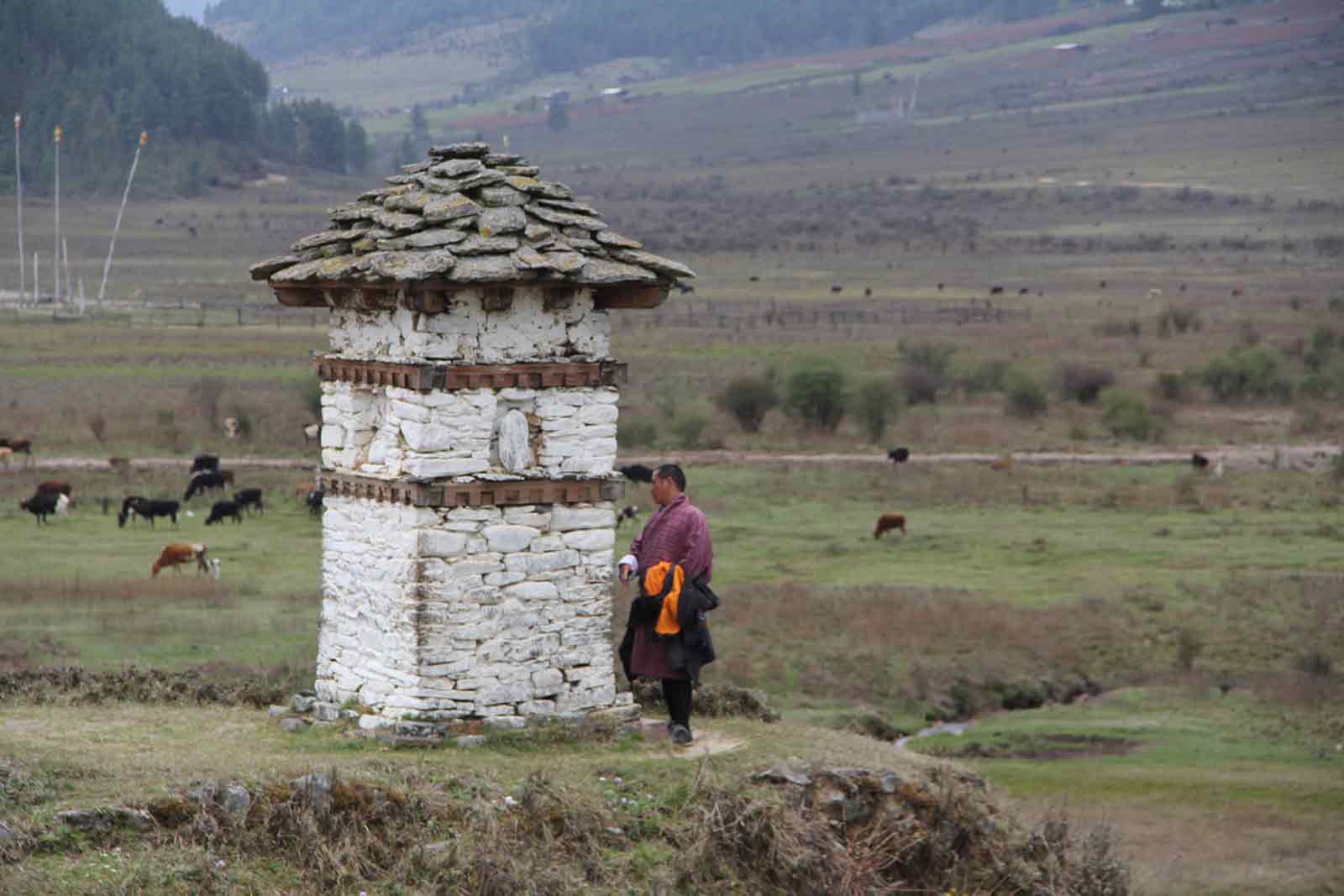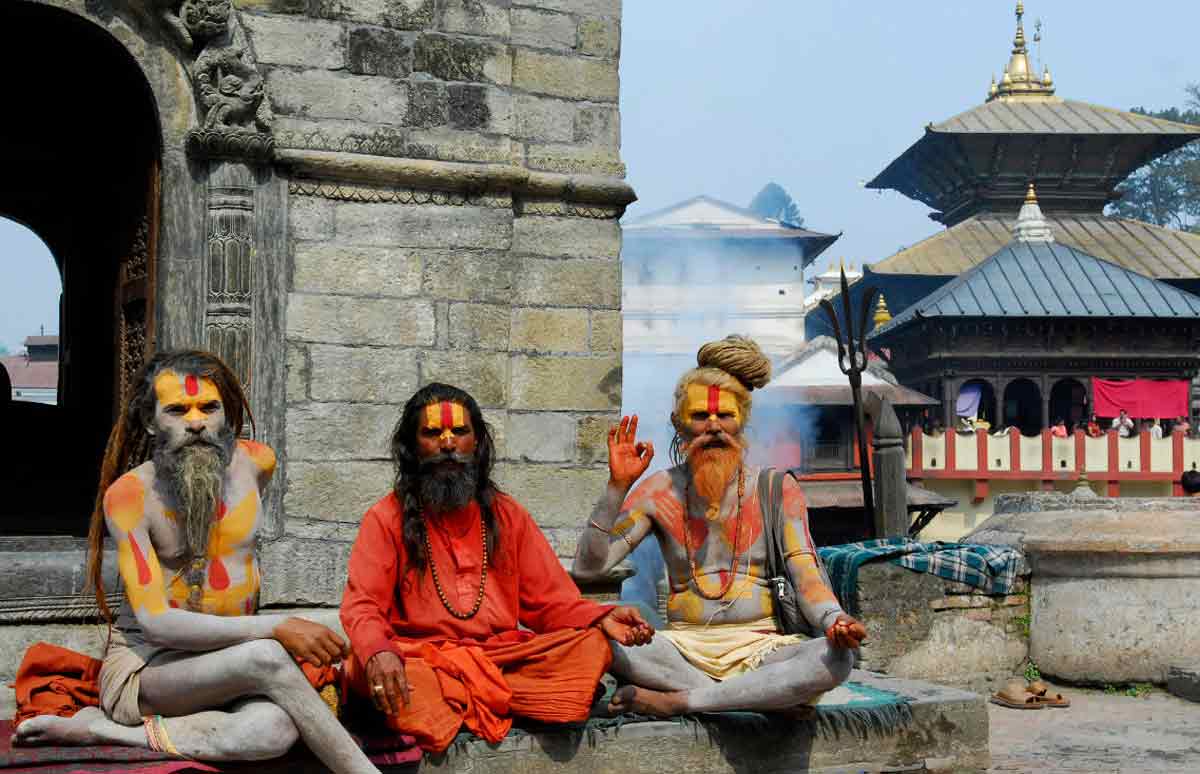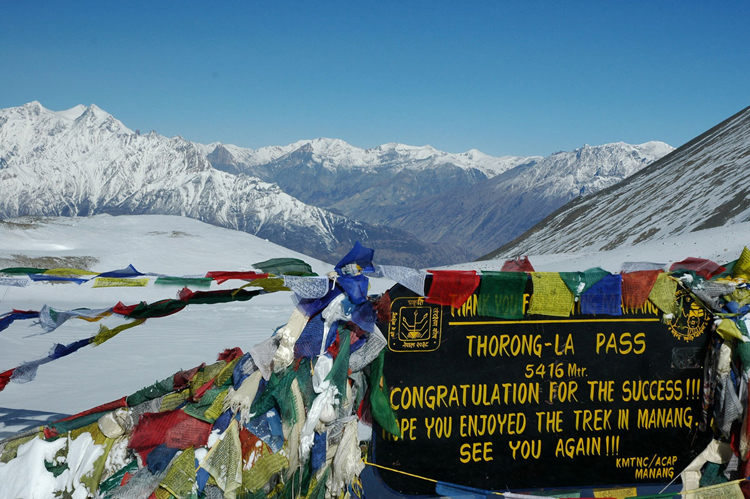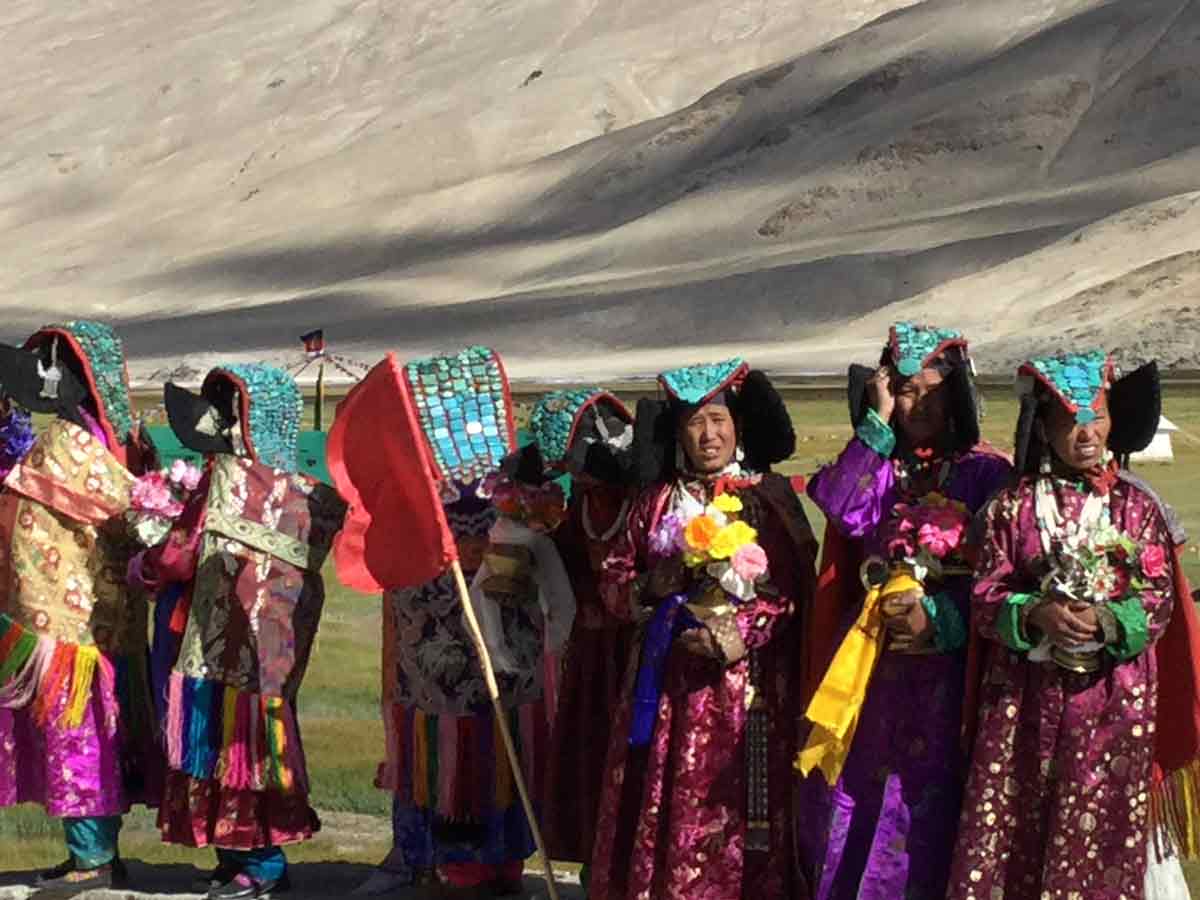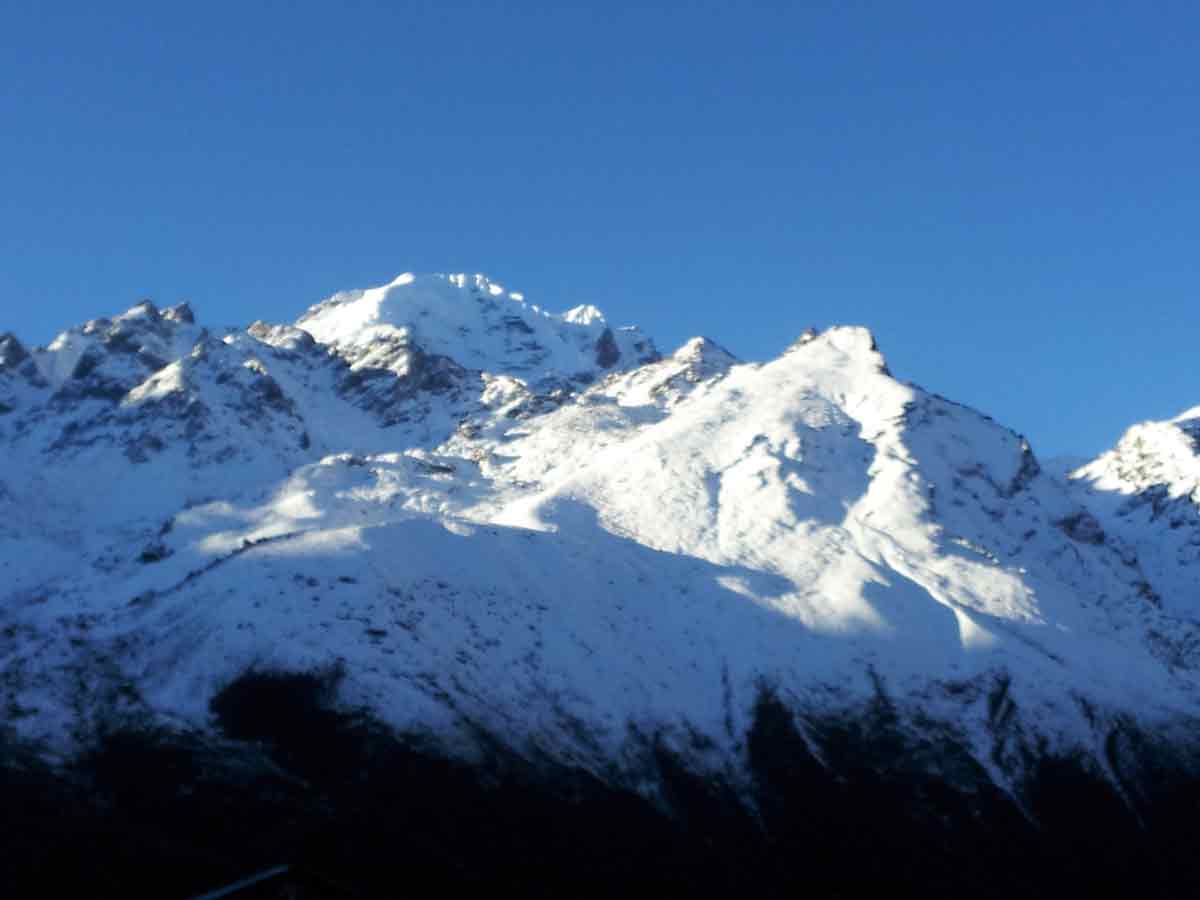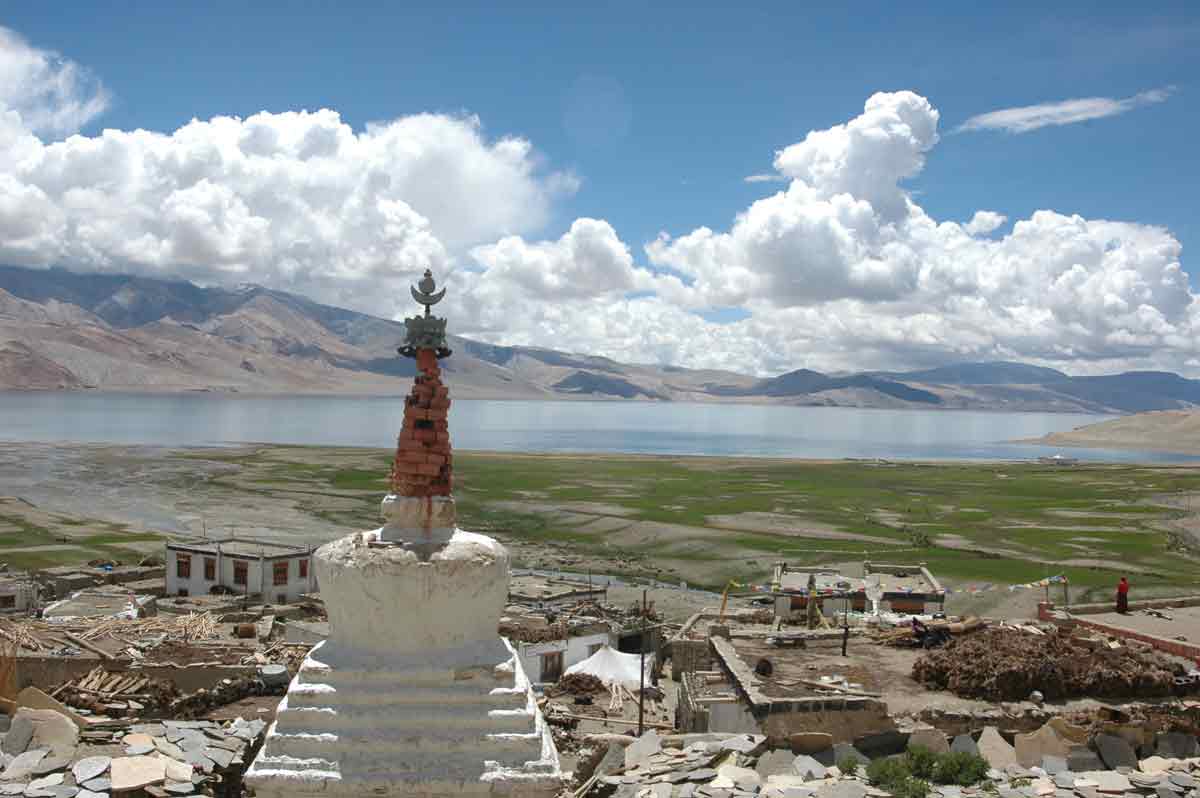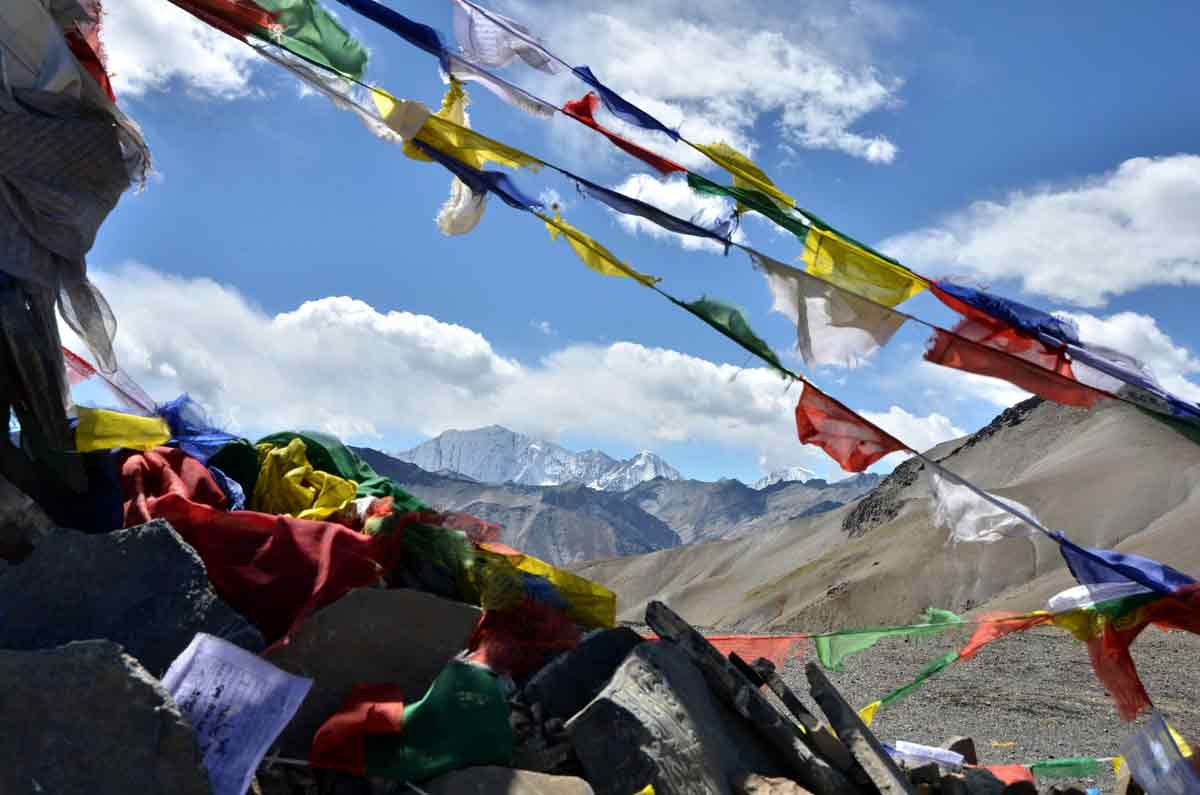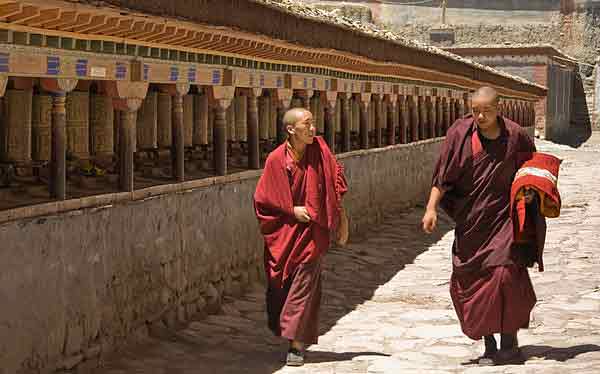Kailash Piligrimage
When they discover for the first time the sacred mountain which they have wished and prayed for, for the contemplation of which they have embarked on this dangerous journey, the pilgrims suddenly elated by this apparition, bow down in the dust and add a stone on the cairn which marks the pass. Doubtless very few of these pilgrims know the subtleties of Buddhist metaphysics but, in Kailash and often in Tibet, devotion takes precedence over understanding. On the other hand, they have known since childhood that the Kailash has the power to assure them of better reincarnations, to purify all faults and possibly to lead them to the great liberation preached by the Buddha.
The purpose of the pilgrimage is to ritually perform the path that "circumambulates" the mountain. Most Tibetans do this during the day, covering some fifty kilometers of often snow-covered trails culminating in Drolmala, at an altitude of more than 5,700 m. As they walk, they stop for a few moments to worship a short prayer in caves and shrines or simple footprints left in the rock by yogis and saints of the past. Here each stone has its history and the whole forms the legend of Kailash which has been continuously enriched over the centuries and which pilgrims are transmitted orally. Some pilgrims make the pilgrimage thirteen times, others do it by prostrating themselves at each step, for days, as if they wanted to marry the mountain and become one with it. No matter if death awaits them on the path, no one can wish for a more fateful fate in this life. This is what Tibetan popular wisdom reports:
If you come back safe from a pilgrimage,
Better to do it again.
If you get sick, it's a good sign
But dying on pilgrimage
This is really the best that can happen to you!
By painfully climbing the steep path that leads to the pass, the pilgrims symbolically experience the death of the old "me" by abandoning a used garment by the side of the road. From then on, purified from the world of illusion, they finally reach the neck of Tara, the gentle Liberator and they spoil themselves for a moment in contemplation of the divinity.
By this total immersion in the universe of the sacred, they triumph over birth and death and perhaps they will be able on the way to see their next incarnations sparkle in the oracular waters of Lake Gaurikund before joining the world of men and duration.
How can we not love this wisdom from another age, perhaps, but which challenges us deep down? How can we not envy these pilgrims, who come across paths that have offered themselves, sometimes after years of economy, yuan after yuan, the road to Mount Kailash without worrying about material goods and the suffering they endured? In the whirlwind of history that swept Tibet away, this energy of destitution, this eagerness to survive, this uncompromising fervor are, like Mount Kailash, a pillar that keeps them upright in turmoil. Overwhelming paradoxes certainly but which constitute the true heritage of Tibet from which no one returns unscathed.
Jérome Edou
Written in march 2006
